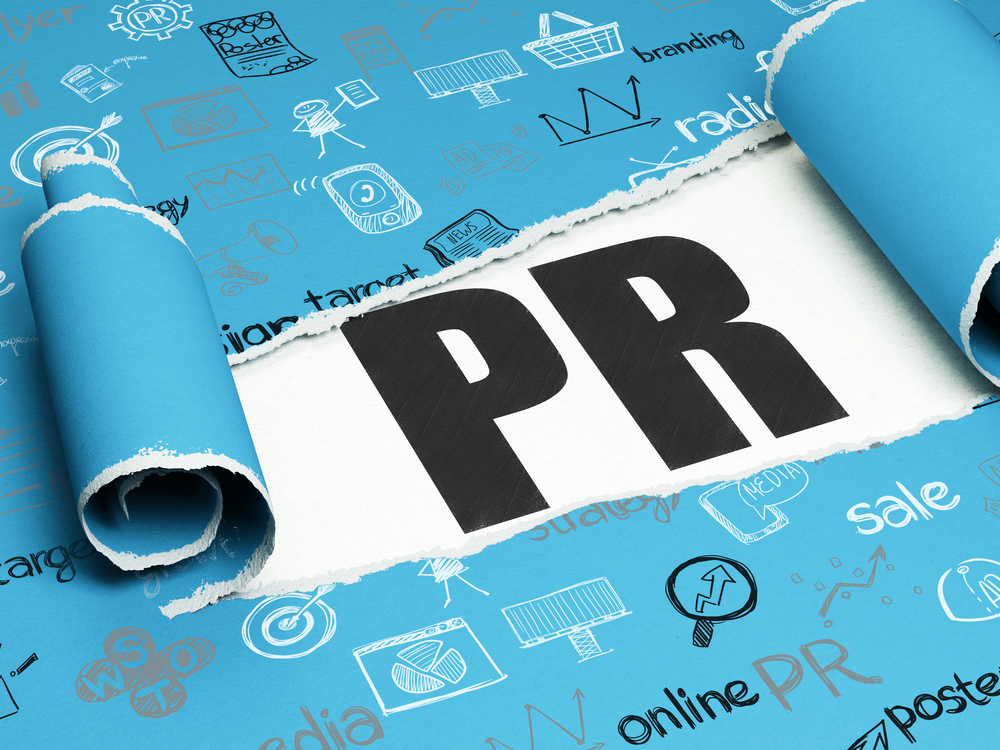The end of the year is a great time to think about public relations and marketing goals for the year ahead. This is particularly true for startups or hot young companies, where months, weeks, and even days can mark significant milestones in the life of a growing organization. The company will likely revise its business objectives and strategies multiple times as it figures out what works best.
If a public relations strategy is part of that process — and it should be — here are some important tips to keep in mind when setting PR goals for the coming year.
Focus PR efforts on both user acquisition and partnership development. It can be easy to get caught up in the excitement of a new launch, especially if your startup began with a big splash, but an investment in PR is best focused on getting results that will make a difference for the company, not just make headlines. Make sure you have business goals that PR can help achieve. Figure out where your target audiences hang out media-wise, and target those publications. Likewise for attracting partners to work with — an important aspect of building a new company.
Use PR to attract top talent. Young companies face some pretty tough competition when it comes to attracting top talent, and positive founder profile stories, or stories that highlight how the company is doing something different, can make the difference in winning over prime candidates. Don’t forget how valuable good PR can be for this important part of growing a company.
Don’t bite off more than you can chew. Life at a fast-growing tech startup can be a bit volatile in the beginning, when structure, discipline, and proven habits are still being worked out. Make sure you have the time and resources to devote to PR involvement. Ask lots of questions when bringing on a PR partner so you know exactly what will be expected of your key players to ensure success. Failure to think these things through from the outset could lead to frustration and wasted time — a most valuable resource young companies should treat wisely.
Brush up on SEO. Good public relations work is more and more about strong content, which is crucial for SEO. But the maturing SEO landscape is constantly changing. The adoption of machine learning systems for search is making optimization more technical. A content marketing or inbound marketing consultant is one option to keep on hand.
Think long term. Startups and early stage companies are used to things happening fast, but keep in mind, PR and earned media is more of a long game. Experience and relationships are hard earned and take time, but the payoff in brand recognition and enhanced reputation is well worth the wait.




